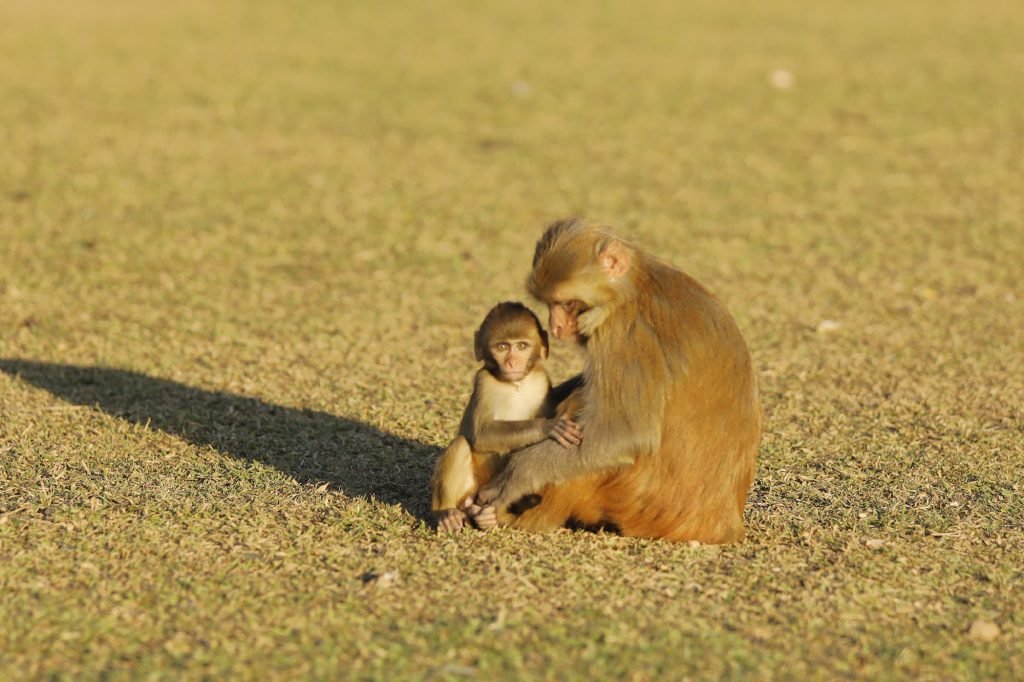Negheriting Shiva Doul
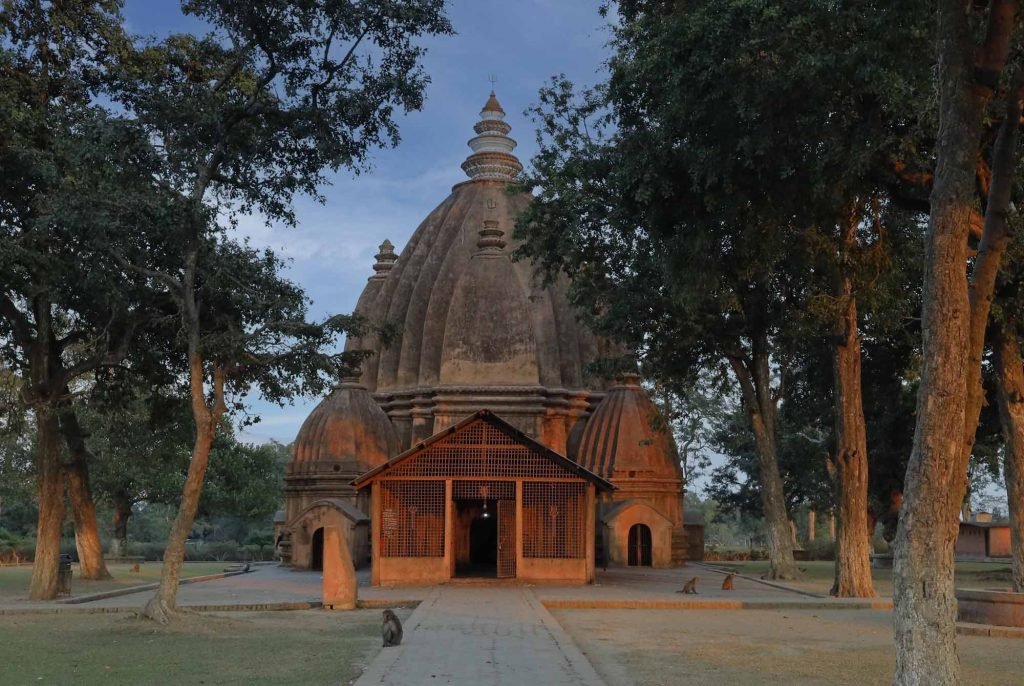
A panchayatana temple complex is characterized by having four miniature shrines at four corners of the main sanctum.The temple is marked with the curvilinear sikhara clustered by four angasikharas resembling with North Indian temples. The top of the main sikhara is covered by amlakas and followed by ayudha of the main deity. The four subsidiary shrines are having small isolated sikharas of similar designs. The plinth and walls of the main temple are decorated with stone plaques. The subsidiary shrines are dedicated to Vishnu, Devi, Ganesha and Surya while the main temple is dedicated to Lord Siva. It enshrines a Siva Linga popularly known as Banalinga. The temple was built by Ahom king Rajeswara Singha (CE 1757-1768), who is credited with building large number of temples. A broad rectangular ancient enclosure wall runs around the temple complex.
Information courtesy: Archeological Survey of India, Guwahati circle

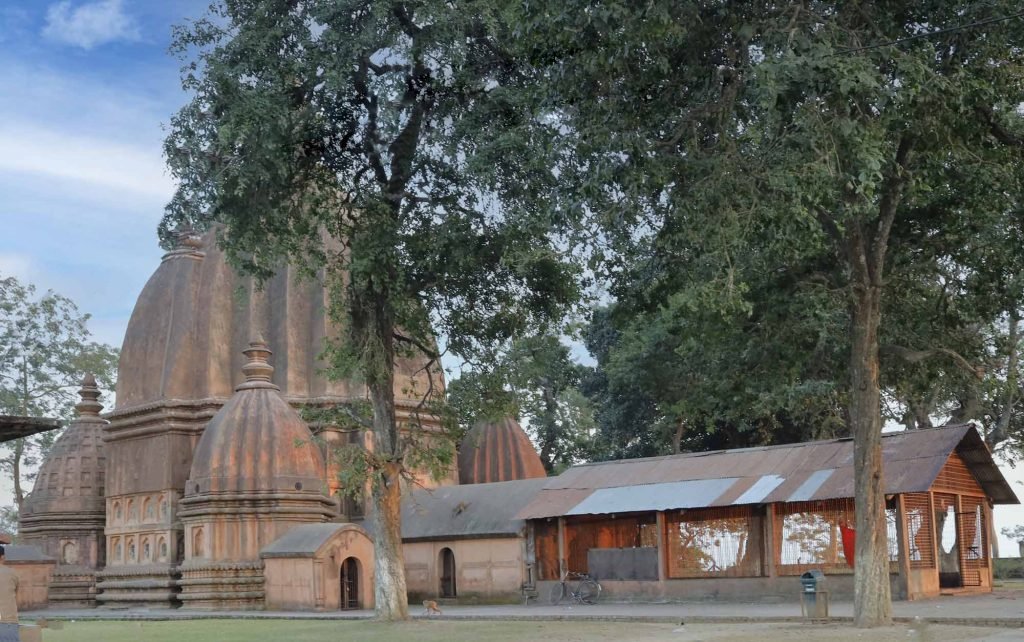
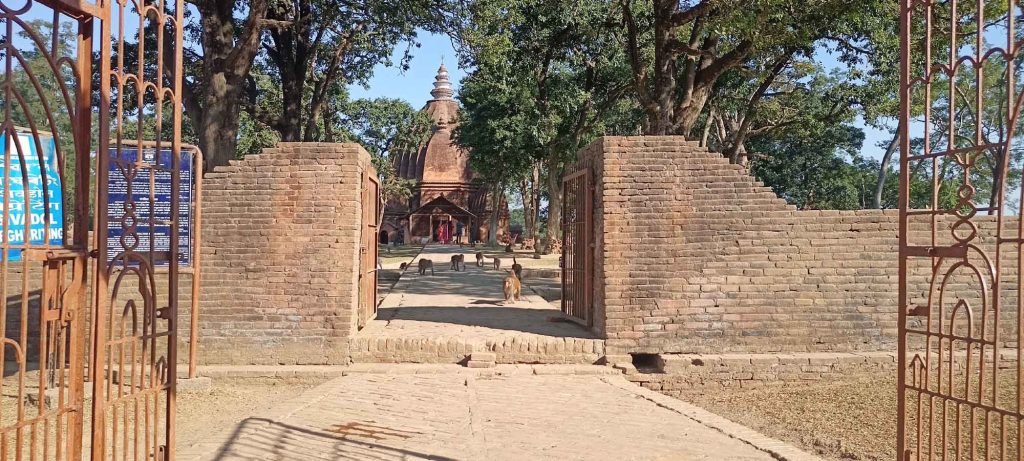
The Negheriting Shiva Doul is a famous temple dedicated to lord Shiva situated at a hillock of Dergaon in the 37th National Highway (1 km from NH37) in Golaghat district. The actual temple was built in 8th century AD by the Kacharis. But after the demolition of the temple due to some natural calamities it was re built by Ahom Swargadew Rajeswar Singha in 1765. The temple was planned and designed by famous architect Ghanashyam Khonikar. This area is the natural habitat of a bird named Negheri and the name Negheriting comes from the name. This temple is also called “Panchayatana Temple” as four gods are present namely the Vishnu, Ganesha, Surya and Durga with Lord Shiva at this place. The main temple is sorrounded by the said four temples. A Banalinga of 3 feet in diameter is established in the main temple. The temple is a inhabitant of a sizeable population of Rhesus macaque a species of old world monkey.
Information courtesy: Golaghat District, Government of Assam
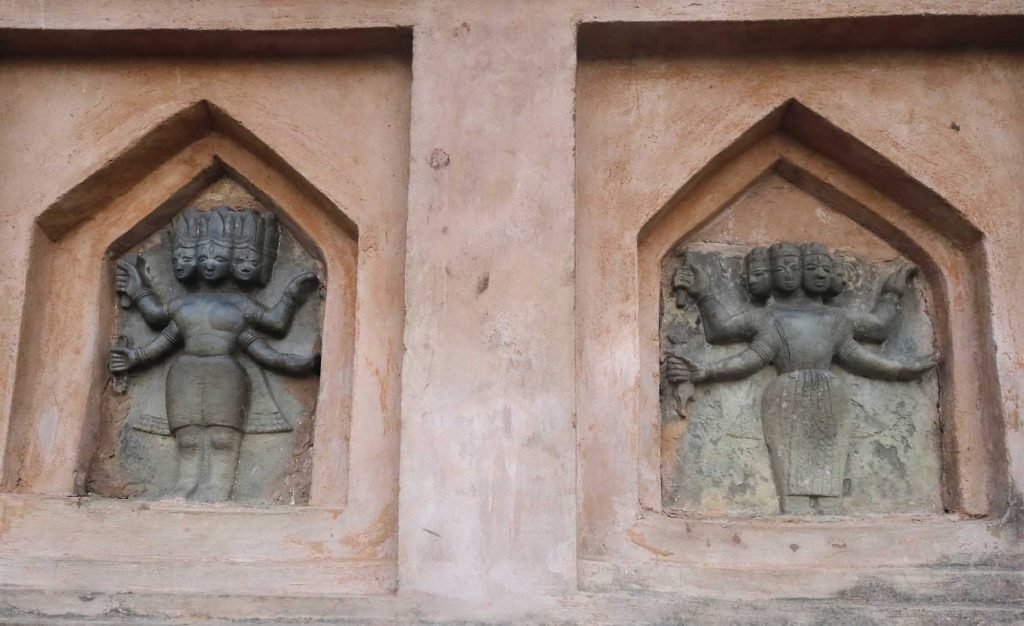

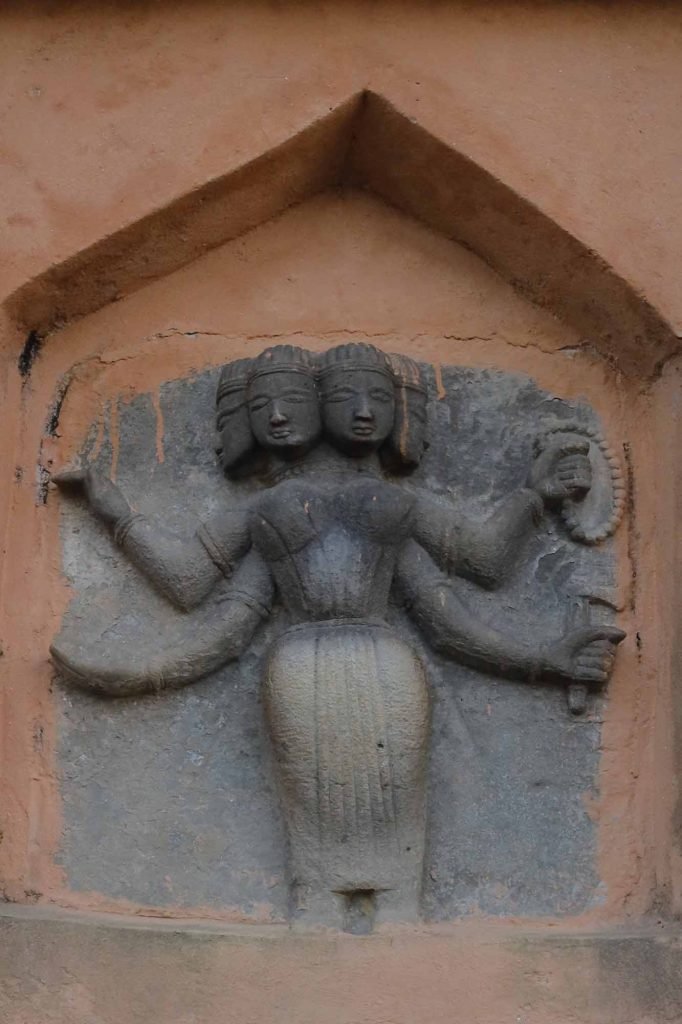

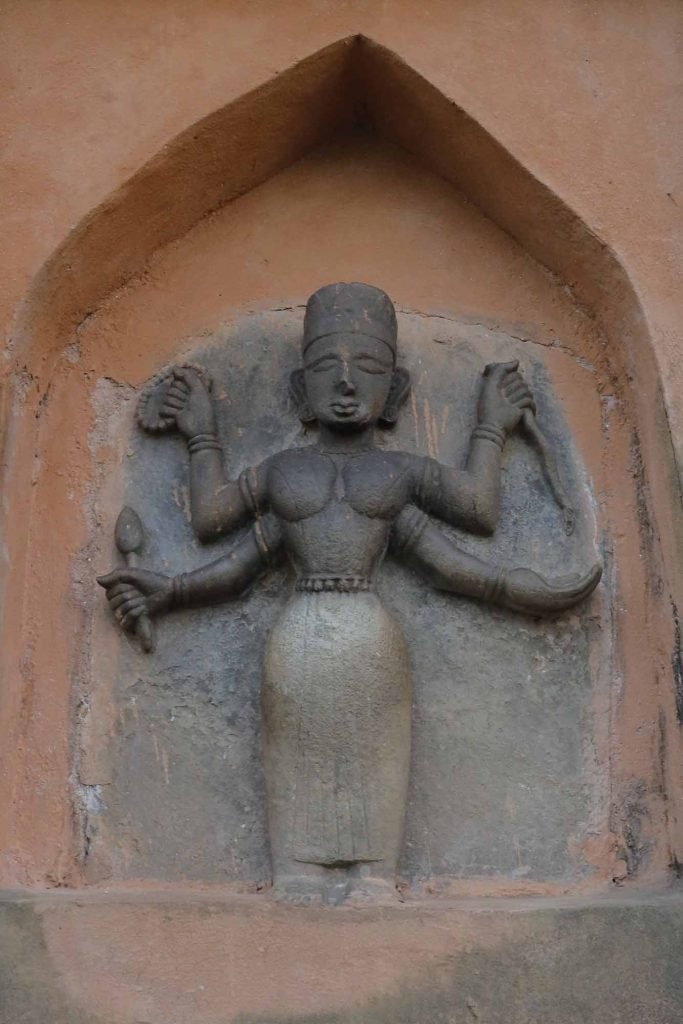
It is said that the stones employed for building the temple was gathered from banks of the Dihing River. The temple remains were discovered from the Gajapanemara forest. Later during 1439-1488 another Ahom king Susenphaa built the shrine on the former construction and installed the Shivalingam there. However, when Dihing River changed its course the temple was again destroyed. Much later an ardent devotee of Lord Shiva discovered the ruins of the temple and the Shivalingam submerged in the shallow waters of the river. The place is currently referred to as Sheetal Negheri. The Ahom king Rajeswar Singha (1751-1769) then finally recovered the lingam from the river and reconstructed the present temple re-established the lingam.
